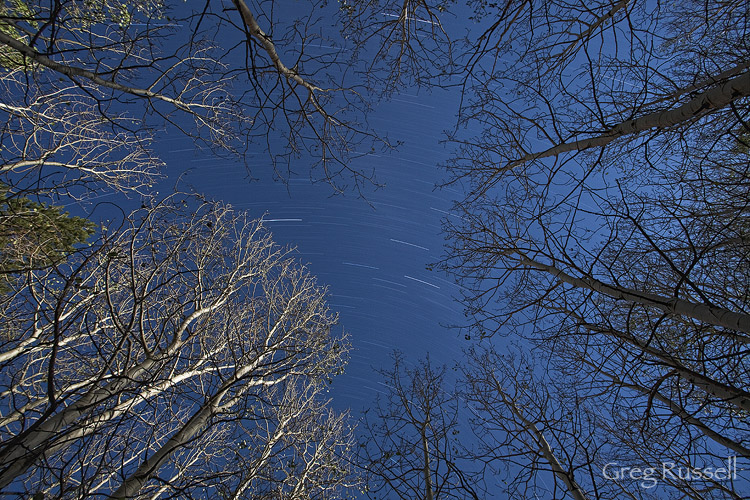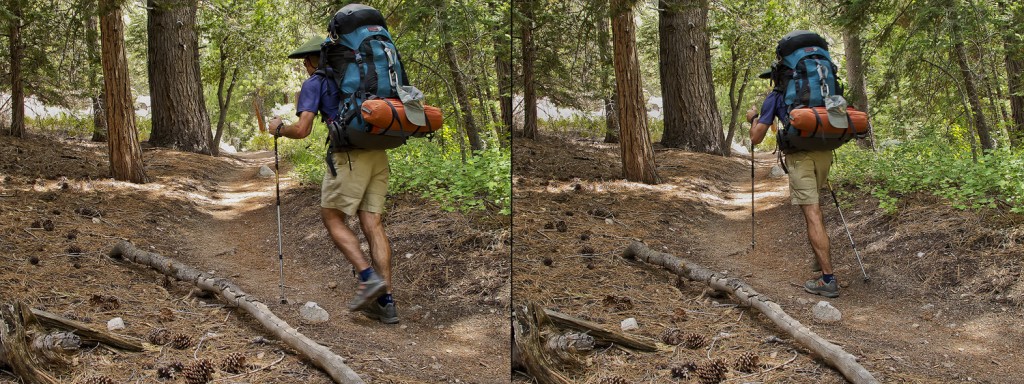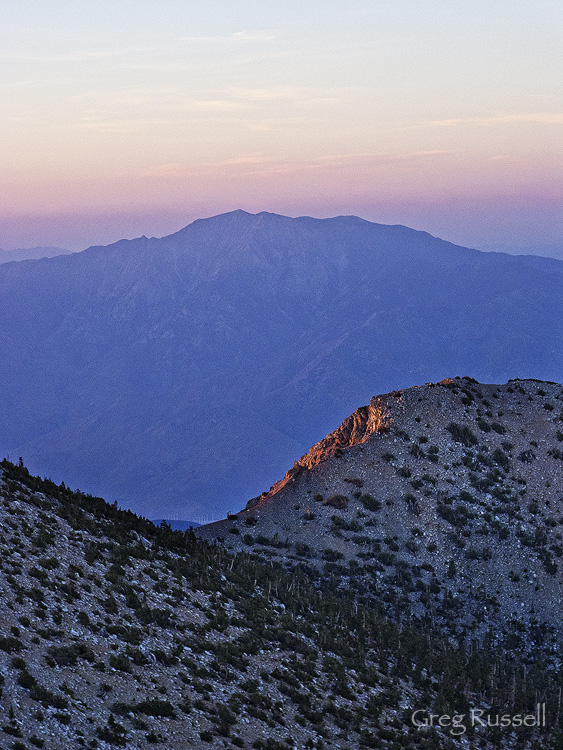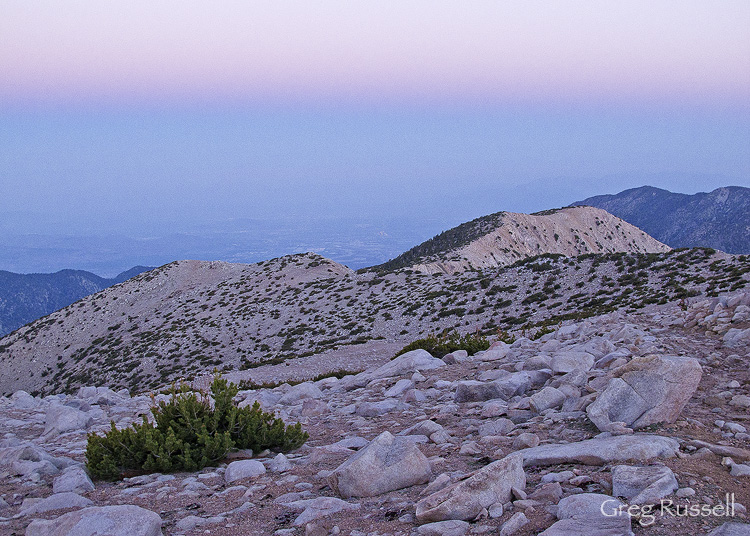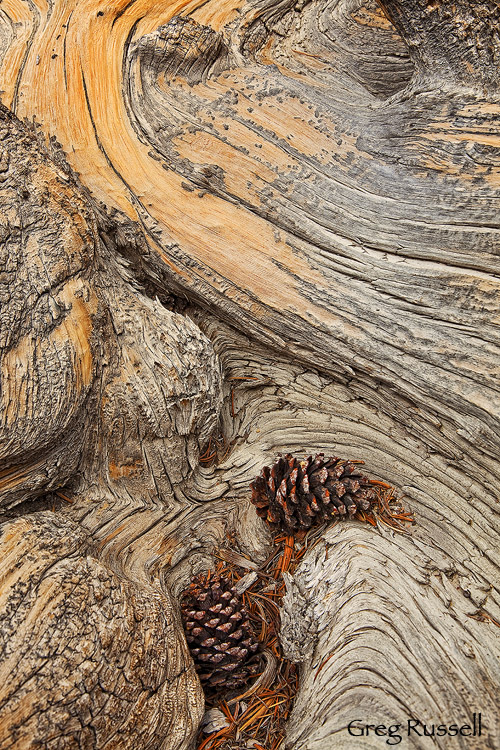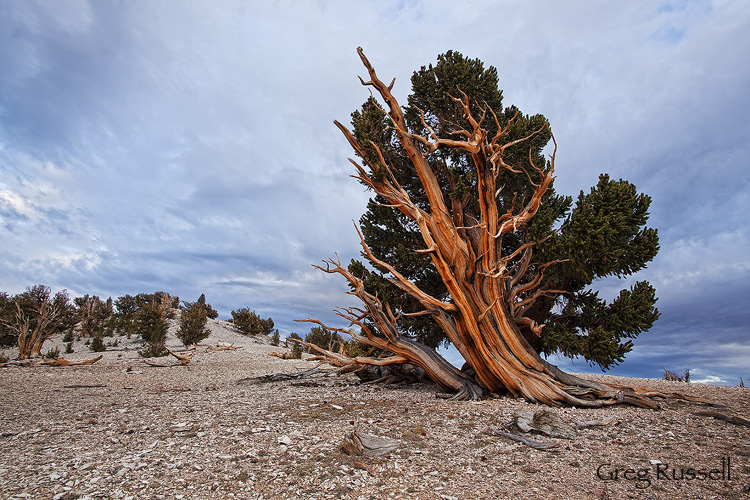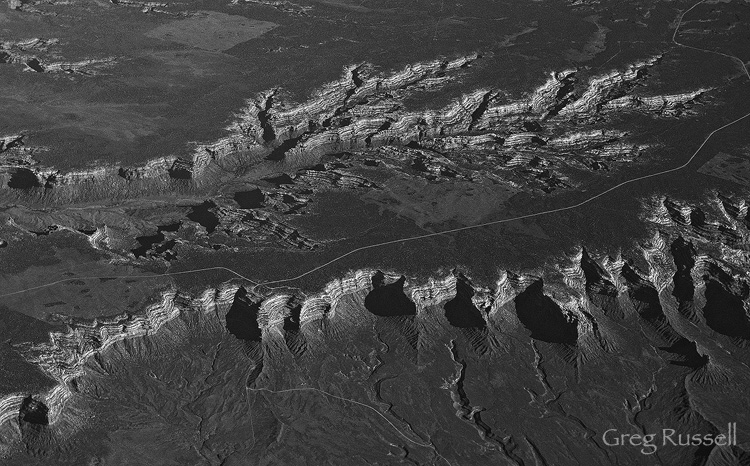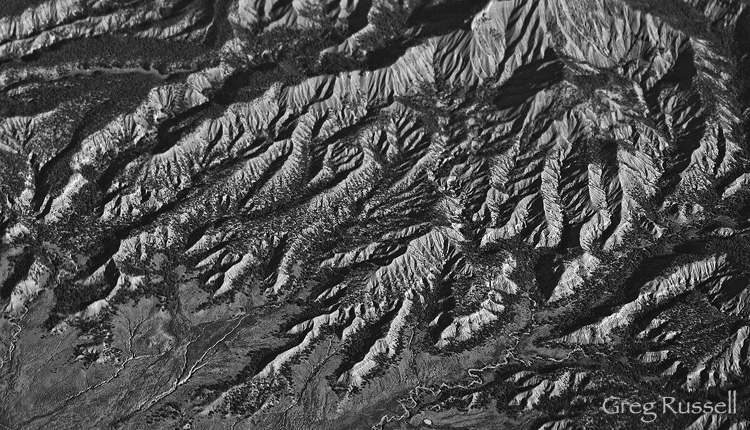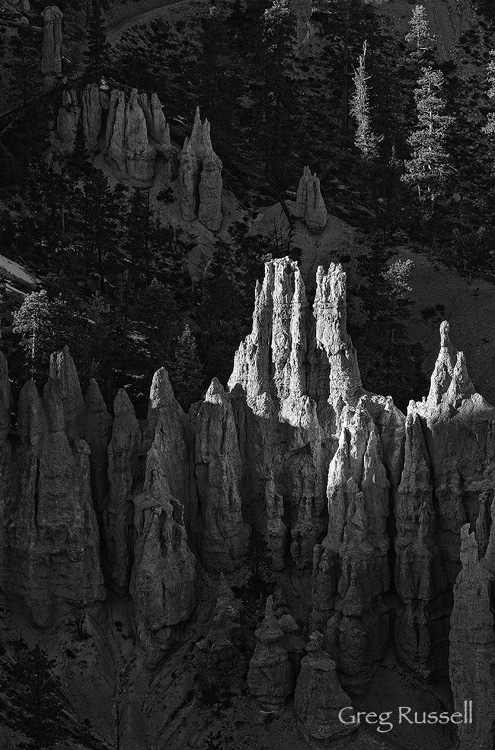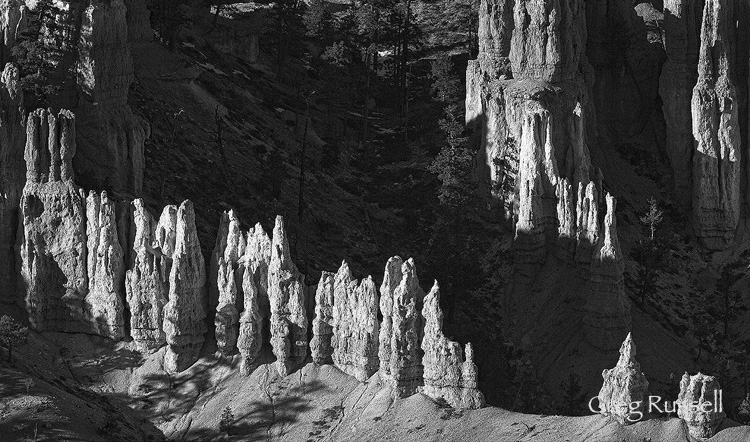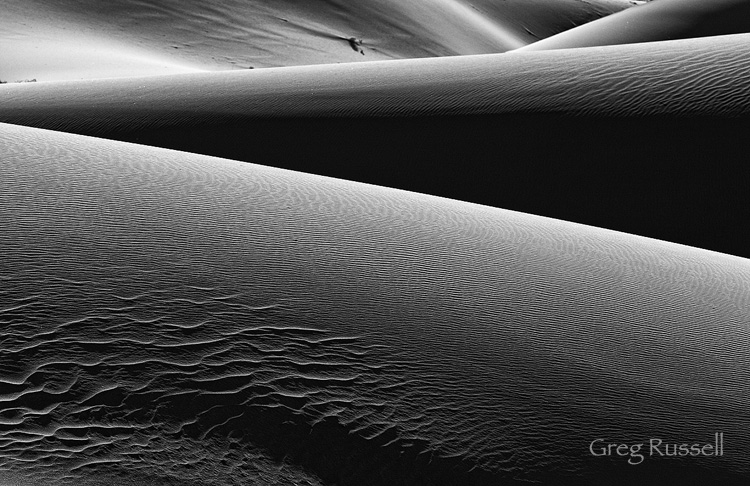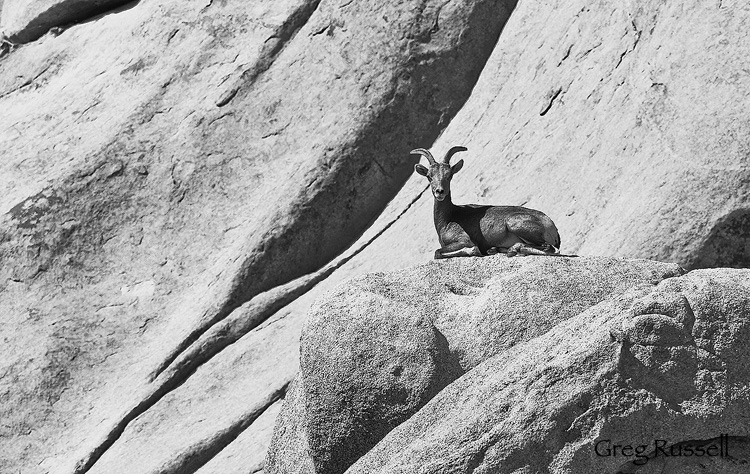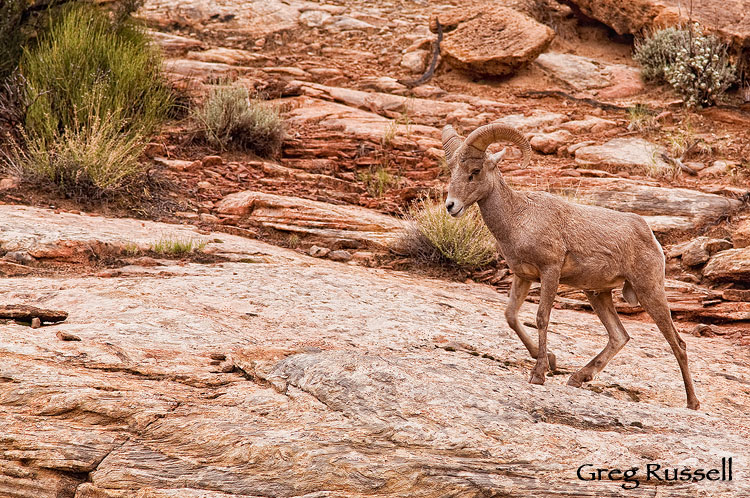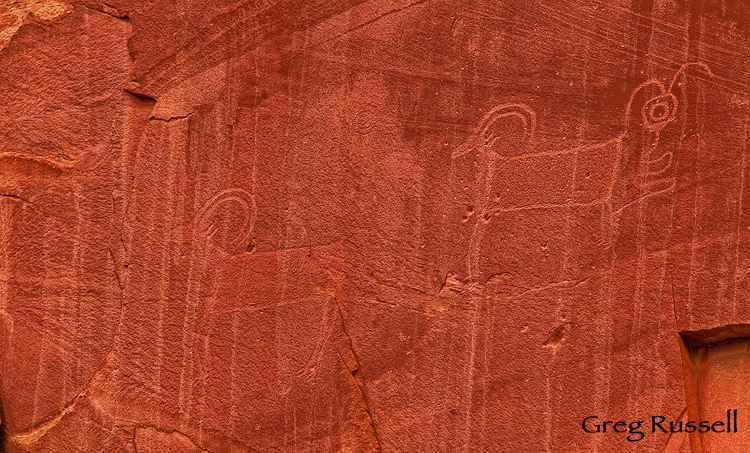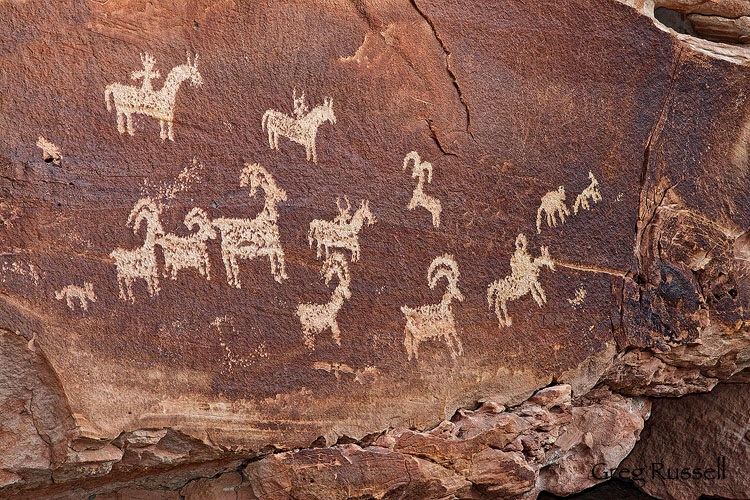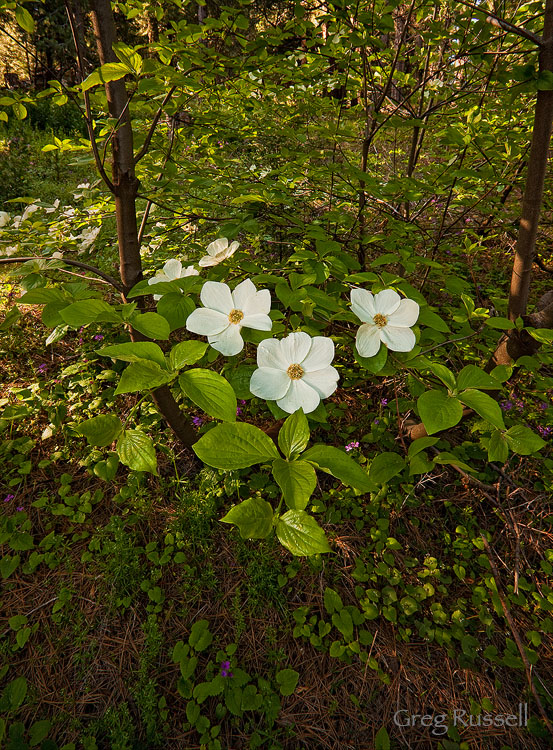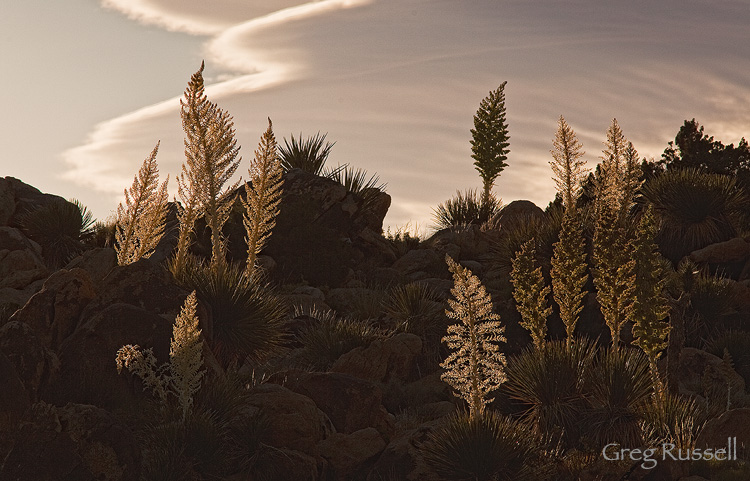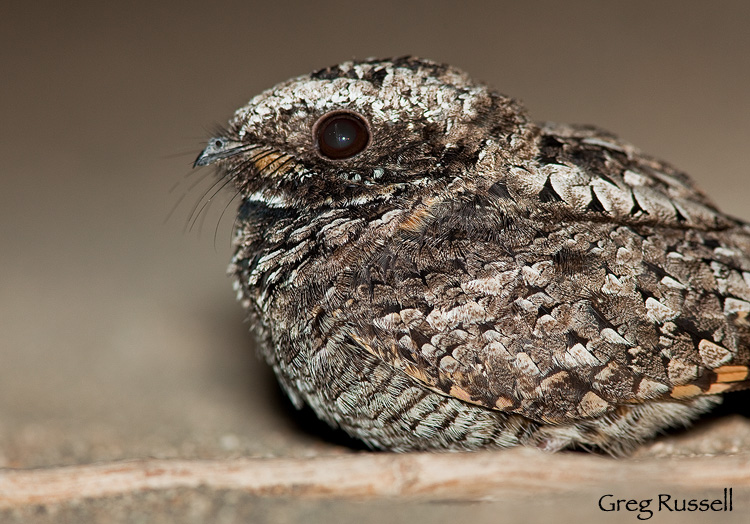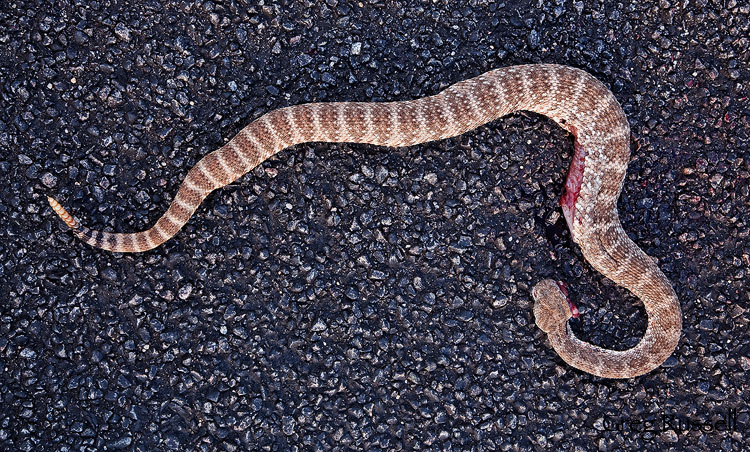With kids, practicality often wins out over idealism. When I camp, I would much rather be completely alone on a sage flat or next to a small mountain lake than in a campground choked with campfire smoke, people on cell phones, and car alarms gone wild. However, with a 4-year-old, having a flush toilet and running water is sometimes just…well…easier.
So we found recently found ourselves in said campground on an end-of-summer trip to the Sierra Nevada. I had plans to photograph a few locations nearby that I scouted earlier in the summer and was excited to be back in the Range of Light. But, pulling into our campground, I was distracted by a large group of my favorite tree–aspen–on the hillside above our campground.
It will be a month or so before photographers descend by the hundreds on the eastern Sierra, but I didn’t really care that these trees weren’t yet showing their golden set of leaves. Aspen groves have a distinct smell; something about the trees, the grass, and the leaves on the ground gives a very unique and comforting fragrance. After dinner on our first night, my wife and son went to bed early so I walked alone for a long time, enjoying the different “sections” of the grove–interspersed with sagebrush–each one idiosyncratic, each one with its own personality. I made some images, trying to capture the temperament of the trees, whether they were twisted and weather-beaten, or growing straight and true towards the sky. Visiting this grove felt almost like visiting an old friend.
As I wandered further from my campsite, I thought about how the eastern Sierra is crawling with photographers year-round, yet I did not see another set of tripod legs or hear any clicks of the shutter anywhere around me. Again, in about a month, that won’t be the case here. “Why are these poor trees ignored for most of the year,” I wondered to myself.
Then I thought that perhaps this is the gift these trees have given me. If for only one night, I can stand among them, or lay in the grass watching the stars overhead and be completely alone–completely welcomed by the calm and the silence–even if I do have to camp in a “real” campsite.
There is refuge here, and I’m not talking about refuge from a few rogue campers. There is refuge for the soul.


